I will never forget the first Holy Week I spent in Morocco. On Palm Sunday of 2015, I attended mass at the magnificent Saint Peter’s Cathedral in the upscale central district of Rabat. One week later, I attended Easter Sunday mass at the small Catholic mission that ministers to less than 20 parishioners in the rural southeastern region of the country. The contrast could not have been greater as the cathedral is a stunning architectural achievement, fusing Moroccan and European influences, where mass is celebrated daily, whereas the mission is a house where 10 to 15 Catholics, mostly scholarship recipients from Francophone sub-Saharan African countries, gather for mass twice a month when the priest visits from Rabat.
As Pope Francis prepares to visit Morocco later this month, I cannot help but express how crucial it is for the pontiff to understand the juxtaposition of the magnificent cathedral in the capital city and our tiny mission in the desert for effective engagement with Morocco. It is vital that the pope acknowledges the progress that Morocco has made in multifaith initiatives, but remain consistent with his emphasis on going to the margins and visit with those who have yet to reap the fruits of this harvest. Pope Francis is well positioned to do just this.
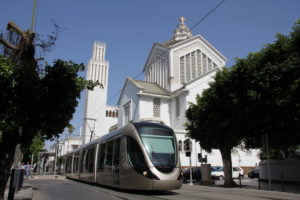
The monarch of Morocco is revered as the Commander of the Faithful, the primary religious authority in the country, and recent incumbents have consistently championed multifaith initiatives. Sultan Mohammed V, the current king’s grandfather, famously defended Moroccan Jews after Morocco, a former French colony, fell under the governance of Vichy France in 1940. King Hassan II, the father of the current monarch, hosted Saint Pope John Paul II in Morocco in 1985. King Mohammed VI, the current ruler, hosted Muslim and Christian leaders from across the world to the landmark 2016 Marrakech Conference, which produced the Marrakesh Declaration, a document that calls on Muslim nations to improve their treatment of non-Muslims living within their borders.
Firstly, it is crucial to note that the oldest continuously practiced religion in Morocco is neither Christianity nor Islam. Morocco’s Jewish community dates back to at least the second century BC. A second wave of migration followed after Ferdinand and Isabella’s 1492 expulsion of Jews and Muslims from Spain. Before the creation of the state of Israel in 1948, Morocco was home to over 200,000 Jews. Today, they number between 3,000 and 4,000. Anti-Semitism is a serious issue in modern Morocco, with the widespread availability of Mein Kampf and other anti-Semitic literature.
In light of these challenges, King Mohammed VI has invested in synagogues, cultural centers, and museums across the country that are dedicated to celebrating Morocco’s Jewish heritage. Pope Francis should make it a priority to engage with Morocco’s Jewish history and meet with Jewish community leaders.
Christianity’s presence in Morocco dates back to the historic North African Church that produced the canon for the Holy Bible and great heroes of early Christianity, such as Saints Felicity and Perpetua and Saint Augustine.
Morocco’s first saint was Saint Marcellus of Tangier, a Roman centurion convert to Christianity who was martyred in the late third century AD. Christianity in Morocco died out in the early Middle Ages, but this did not stop disciples of Saint Francis of Assisi from attempting to re-evangelize the country, leading to their subsequent martyrdom in the early thirteenth century.
Today, the predominant Christian community in Morocco is composed of sub-Saharan African migrants, who make up 50 to 70 percent of Catholic churchgoers. Therefore, the pontiff is appropriately dedicating a large portion of his apostolic visit to the topic of migration.
While the king deserves credit for leading the Muslim world in creating the Marrakesh Declaration, many of Morocco’s own laws do not reflect the great ambitions of this document. Westerners often praise Moroccan family law, the Moudawana, as a progressive document; however, its treatment of non-Muslims in marriage and child custody cases is not in accordance with international human rights law. Furthermore, Morocco’s security forces have often participated in intimidation of Christian converts, thereby forcing many to live in the shadows.
The latter is, indeed, an area where the Catholic Church has focused little visible attention, likely due to fear of accusations of proselytism. Moroccan converts are a community who by-and-large are only ministered to discreetly by evangelical missionaries and online ministries. Converts are not able to worship with or receive sacraments from the recognized Catholic, Orthodox, and Protestant communities. Pope Francis should meet with Moroccan converts and also urge the king to create a more open environment for converts to worship alongside expatriates. He should also provide a clearer direction to the Catholic Church in Morocco on how to minister to Moroccans seeking the rite of baptism and entry into the Catholic Church.
During Pope Francis recent visit to the United Arab Emirates, there was much discussion as to whether any meaningful milestones were reached for Christians in the Arab World or the entire event was a tool of Western appeasement by an undemocratic government with an egregious human rights record. Pope Francis’ visit to Morocco provides him the opportunity to encourage the progress in international religious freedom there and also deliver honest challenges to the kingdom’s remaining unaddressed issues. Prioritizing human rights with the king, going to Morocco’s marginalized religious minority population, and calling upon the Church in Morocco truly to open its doors to Moroccans would make this apostolic visit a meaningful multifaith engagement.
Steven Howard is the national outreach director for In Defense of Christians, a nonprofit and nonpartisan advocacy organization for Christians and other religious minorities in the Middle East. He served as a Peace Corps volunteer in Morocco from 2015 until 2017.
Photo Credit: Pope Francis arriving to the Philippines, January 2015. By Benhur Arcayan, via Flickr.
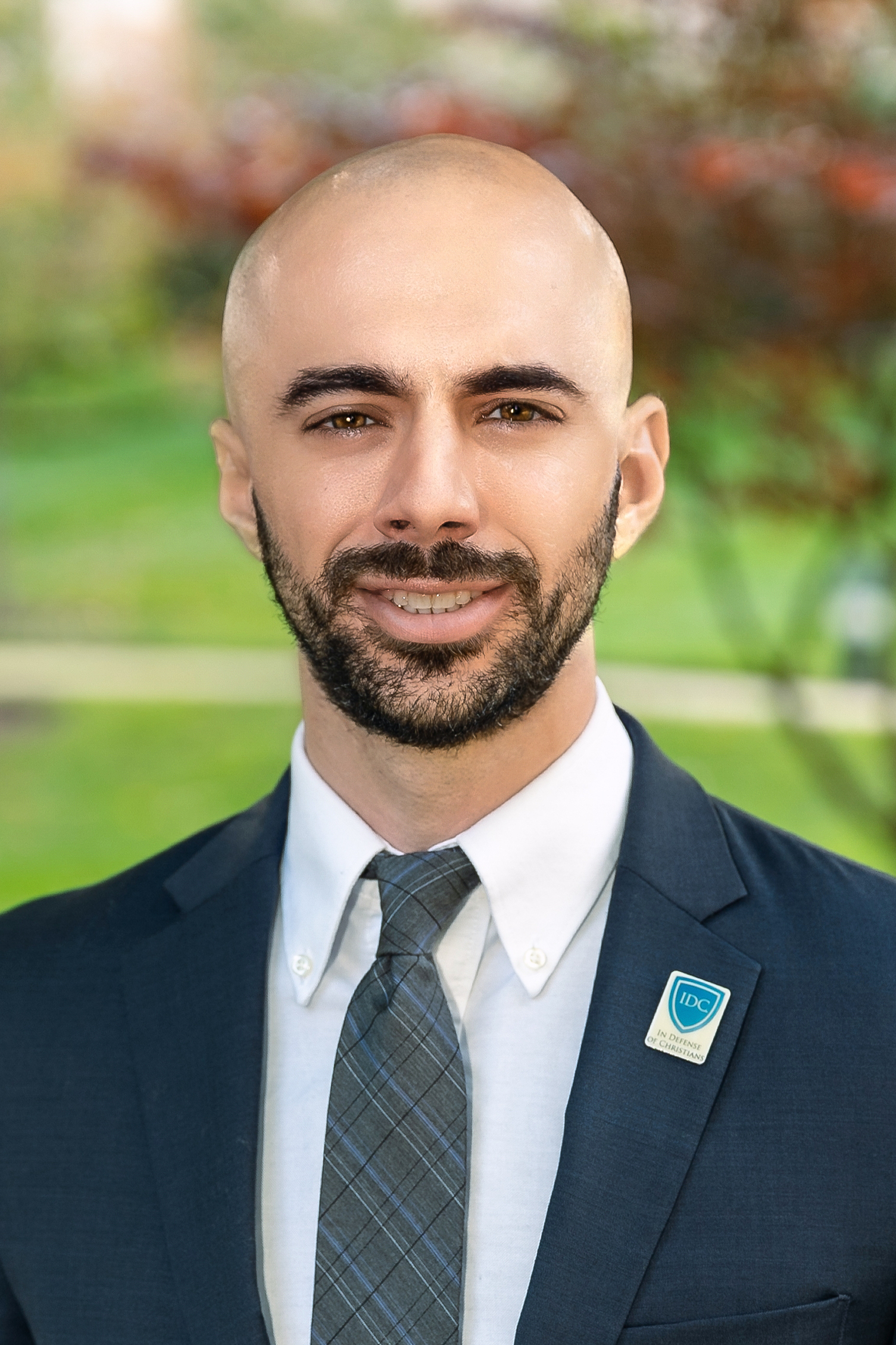
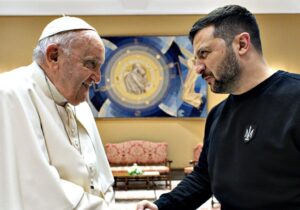
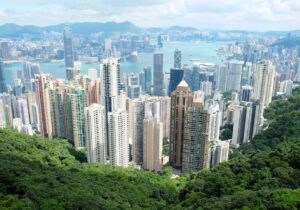

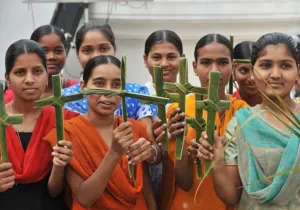
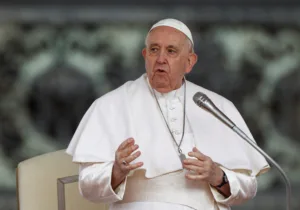

 Sponsor a student for Christianity & National Security 2024
Sponsor a student for Christianity & National Security 2024